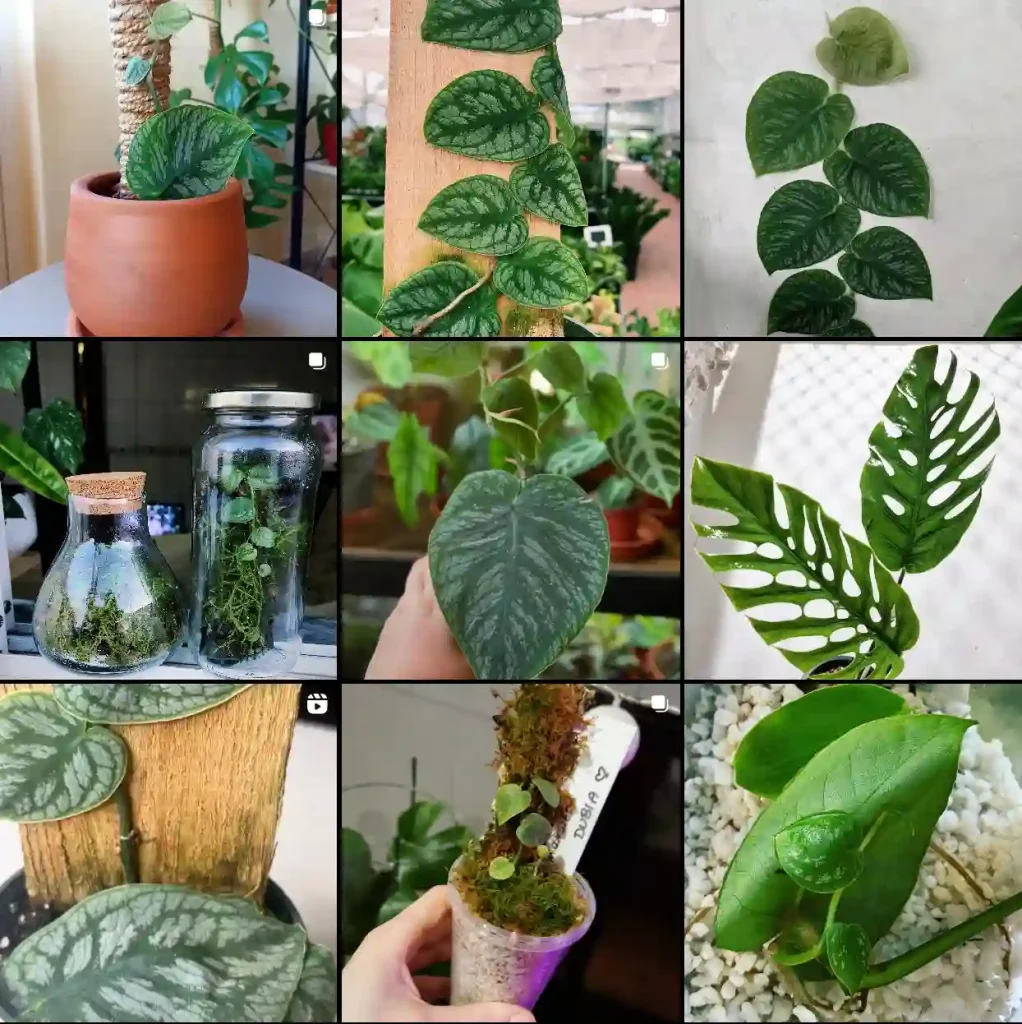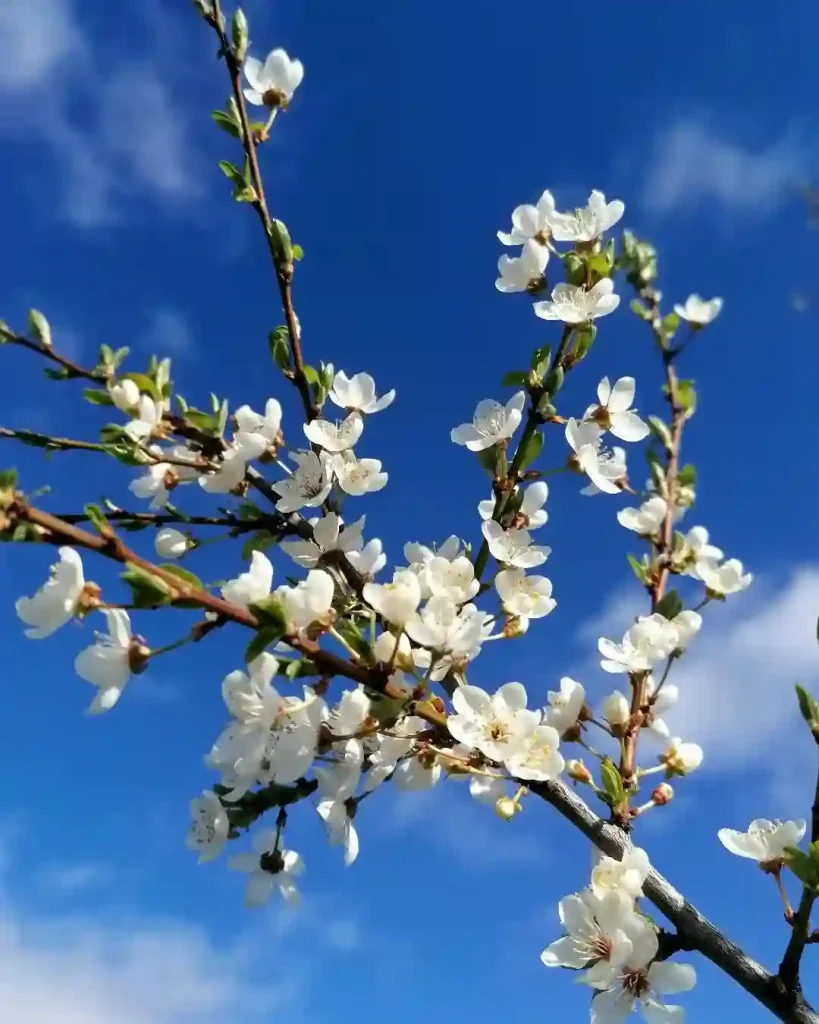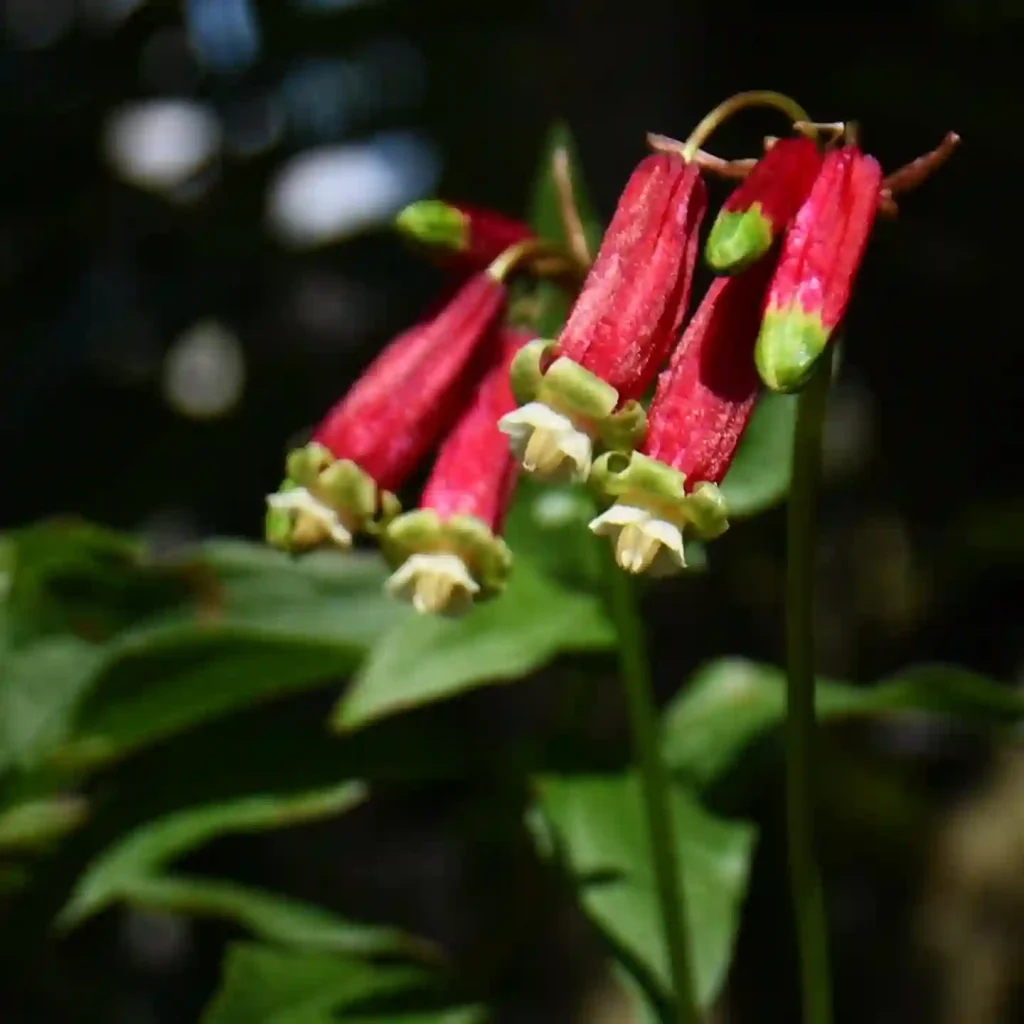Exploring the Saccolomataceae Family: A Deep Dive into Saccoloma
As a plant enthusiast, I’ve always been fascinated by the diverse world of ferns and their relatives. One family that has recently captured my attention is the Saccolomataceae. This family is relatively lesser-known, yet it holds some unique characteristics that make it worth exploring. Let me take you on a journey through the Saccolomataceae family, focusing primarily on the genus Saccoloma.
What is Saccolomataceae?
The Saccolomataceae family is a group of ferns primarily found in tropical regions. This family is characterized by its distinctive morphology and reproductive strategies. In particular, the genus Saccoloma is the most prominent within this family. Saccolomataceae ferns typically thrive in moist, shaded environments, making them an excellent choice for gardens designed to mimic their natural habitats.
The primary genus in the Saccolomataceae family is Saccoloma. While there may be other minor genera associated with this family, Saccoloma stands out for its unique adaptations and ecological roles. This genus consists of several species, each with its own adaptations to specific environmental conditions.
Characteristics of Saccoloma
Saccoloma ferns have several distinctive features that set them apart. One of the most striking characteristics is their leaf structure. The fronds are often large and lush, featuring a pinnate or pinnatifid arrangement. This design allows them to capture sunlight effectively, even in low-light conditions typical of their natural habitats.
Saccoloma thrives in tropical and subtropical regions, often in areas with high humidity. You can typically find them in rainforest understories, where they benefit from the filtered light and consistent moisture. I’ve observed that maintaining a humid environment is essential for these ferns to flourish, which makes them a bit challenging for some gardeners. However, I find that creating a small microclimate in my garden, complete with ample moisture, can lead to stunning results.
28 Species in Genus Saccoloma
- Saccoloma acuminatum (Rosenst.) Christenh.
- Saccoloma campylurum (Kunze) Mett.
- Saccoloma catharinae Schwartsb.
- Saccoloma caudatum Copel.
- Saccoloma chartaceum G.B.Nair
- Saccoloma cicutarioides (Baker) Christenh.
- Saccoloma distans (Kaulf.) Schwartsb.
- Saccoloma domingense (Spreng.) Urb.
- Saccoloma elegans Kaulf.
- Saccoloma ferulaceum (T.Moore) R.M.Tryon & A.F.Tryon
- Saccoloma firmum (Kuhn) C.Chr.
- Saccoloma galeottii (Fée) A.Rojas
- Saccoloma henriettae (Baker) C.Chr.
- Saccoloma hieronymi Schwartsb.
- Saccoloma inaequale (Kunze) Mett.
- Saccoloma kingii (Bedd.) G.B.Nair
- Saccoloma laxum R.C.Moran & B.Øllg.
- Saccoloma matto-grossense Schwartsb.
- Saccoloma membranacea Mickel
- Saccoloma membranaceum Mickel
- Saccoloma moranii A.Rojas
- Saccoloma nigrescens (Kunze) A.Rojas
- Saccoloma quadripinnatum A.Rojas
- Saccoloma samoense (Hovenkamp & T.T.Luong) Christenh.
- Saccoloma squamosum R.C.Moran
- Saccoloma sunduei A.Rojas
- Saccoloma tenue (Brack.) Mett.
- Saccoloma trichophyllum (Copel.) G.B.Nair
Cultivating Saccoloma
If you’re considering adding Saccoloma to your collection, here are a few tips that I’ve learned through my experiences. First, it’s crucial to replicate their natural habitat as closely as possible. This means providing them with well-draining, rich soil, and a spot that offers filtered sunlight. Overhead cover, like other plants or shade cloth, can help protect them from direct sun exposure.
Regular watering is key. I usually keep the soil consistently moist but never soggy, as this can lead to root rot. I’ve also found that using a diluted liquid fertilizer every few weeks can promote healthy growth. It’s best to use a fertilizer high in nitrogen to mimic the nutrient-rich conditions these ferns prefer.
Common Challenges
One of the biggest challenges I’ve faced when growing Saccoloma is maintaining the right humidity levels. They thrive in moist environments, so in drier climates or during certain seasons, I need to mist them regularly or use a humidity tray. This helps to create a more favorable environment and prevent stress on the plants.
Like many plants, Saccoloma is susceptible to pests such as aphids and mealybugs. Regular inspections and prompt action can keep these pests at bay. I’ve found that using insecticidal soap or neem oil can be effective in managing these unwanted visitors. Additionally, ensuring good air circulation around the plants can help prevent fungal diseases, which can thrive in humid conditions.
The Ecological Role of Saccoloma
Saccoloma, along with other members of the Saccolomataceae family, plays a vital role in their ecosystems. They contribute to the biodiversity of their native habitats and serve as a food source for various animals. In addition, they help maintain moisture levels in the environment, which is crucial for the overall health of the ecosystem. Observing these ferns in their natural habitat has deepened my appreciation for their ecological significance.
Conclusion
In conclusion, the Saccolomataceae family, particularly the genus Saccoloma, offers a fascinating glimpse into the world of ferns. Their unique adaptations, habitat preferences, and ecological roles make them a worthy addition to any plant lover’s collection. Although they require specific care to thrive, the beauty and diversity they bring to a garden are truly rewarding.
If you’re considering adding a touch of tropical elegance to your space, I encourage you to explore Saccoloma and see for yourself how these remarkable ferns can enhance your environment. Through my journey of cultivating them, I’ve learned that with a little patience and attention, you can successfully nurture these captivating plants, bringing a piece of their natural habitat into your home.
If i die, water my plants!



